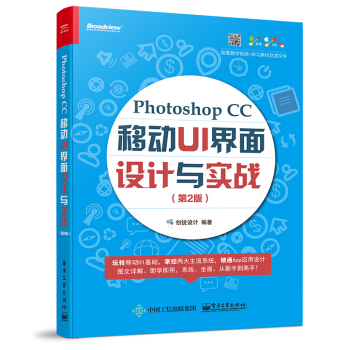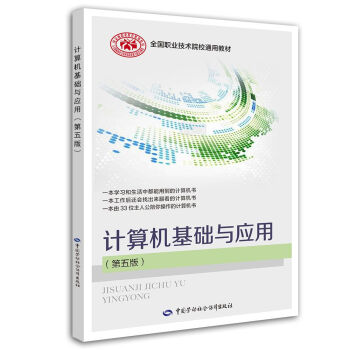![設計物聯網産品(影印版) [Designing Connected Products]](https://pic.windowsfront.com/12048305/58c7b4b8N5b7d0125.jpg)

具體描述
內容簡介
聯網的溫度計、健身監測器和門鎖,說明物聯網能夠並且將開啓人們與周圍世界互動的新途徑。但是為消費者設計聯網産品帶來的挑戰超齣瞭常規的軟件用戶界麵和交互設計。《設計物聯網産品(影印版)》為有經驗的UX(用戶體驗)設計者和技術專傢提供瞭清晰可操作的路綫圖,循此可在這個全新的市場中實施消費者産品策略和設計。通過引入當前的設計實踐和學術研究成果,《設計物聯網産品》提齣瞭關於采用跨設備交互、物聯網技術復雜生態係統的閤理建議,檢驗瞭一種用於控製器、應用程序和生態係統的理想SDN框架。
內頁插圖
目錄
ForewordPreface
Chapter 1 What's Different About User Experience Design
for the Internet of Things?
How Is UX for IoT Different?
A Design Model for loT
Summary
Chapter 2 Things: The Technology of Connected Devices
Types of Connected Device
Multipurpose Computers
Bridging Physical and Digital:
Sensors and Actuators
The Challenge of Powering Devices
Conserving Battery Life
Summary
Chapter 3Networks: The Technology of Connectivity
Why Is Networking Relevant to IoT UX?
Networking Issues That Cause UX Challenges for loT
The Architecture of the Internet of Things
Types of Network
Network Communication Patterns
Internet Service
Summary
Case Study 1 Proteus Digital Health: The Connected Pill
Chapter 4 Product]Service Definition and Strategy
Making Good Products
From Innovation to Mass Market
Tools Versus Products
What Makes a Good Product?
Services in loT
Business Models
Summary
Chapter 5 Understanding People and Context
The Role of Research in
Connected Product Design . ,
Initial Questions and Concepts
Techniques: from Asking to Watching to Making
Summary
Chapter 6Translating Research into Product Definitions
Generating the Elevator Pitch
Why Does Your Product Matter?
What Is Your Product?
What Does the Product Do?
Recurring Questions for Product Strategy
Summary
Case Study 2Little Kelham: Connected Home
……
Chapter 7Embedded Device Design
Chapter 8Interface and lnteraction Design
Case Study3 Ford SYNC 3: Connected Car
Chapter 9 Cross-Device Interactions and lnterusability
Chapter 10 Interoperability
Case Study 4 LOOP: Connected Pelvic Floor Exeraser
Chapter 11Responsible loT Design
Chapter 12 Supporting Key Interactions
Case Study 5 BRCK: Rugged Portable WiFi Hotspot
Chapter13 Designing with Data
Chapter14Iterative Design: Prototyping and Learning
Chapter15 Designing Complex, Interconnected Products and Services
Appendix A Comparues, Products, and Links
Index
前言/序言
Since the dot-com crash of the early 21st century, the Internet has grown up. No longer a just a collection ofvirtual storefronts, it now faalitates a wide range of human expression and interaction. It catalyzes changes in our culture. It supports intimate contact, and it fuels revolution. Through it, we've realized a shift in our relationships, from a centralized model where a few central players control how we communicate to a decentralized one in which the size ofyour organization matters less than the relevance ofyour message. The decentralization of media and communication is the most important change brought about by the Internet. Thus far, we've effected that change only through glass rectangles, but not for long. The Internet now connects your car, your car keys, your door lock, your lights, and your exerase regimen. Your informational body can now have a more direct effect on your physical body, and vice versa. We're only just beginning to understand the implications of this, and to develop the tools to design for it.Like the authors, I'm not a fan of the term "Internet of Things." It overlooks this major change that the Internet has brought about in how we communicate, and instead, presents an ideal world in which the automation and centralization of data collection comes first, and the interaction of people and communities comes a distant second, i fat all. This change is not about the things, but about the physical interaction those things enable.
We remember (and use) great products because of the experiences they help us to realize. Our interaction with a product-and with each other through it-is what makes it memorable. Really great connected products will be memorable for the same reason. We won't remember them because of the data collected, but because of how they will enhance our lives and our connections to each other. Designing connected products is not just an engineering problem. This job takes creative input from many different disciplines: engineering, industrial design, anthropology, and user experience design, to name a few. In this book, Claire Rowland and her colleagues outline a thorough framework for practicing the design of connected products and services. They provide the overview of the technical and scape that you'd expect from such a book, and best practices for designing connected products, including user research, business model formation, and prototyping methods, of course. But they also tackle issues that aren't often covered: two chapters on understanding your fellow team members, for example. By juxtaposing the assumptions of each discipline, from industrial design to UX design to anthropology to product engineering, they provide insight on why something that seems nonsensical to an engineer might be important to a designer, and how the con cerns ofall team members are necessary to do a thorough job.
Looking beyond the everyday production tasks, they introduce two critical concepts that anyone working in this area needs to understand: interoperability and interusability. Without interoperability, we are doomed to a future of incompatible devices and standards from com peting brands. Without interusability, we are doomed to a future of relearning core user experience concepts like connect, play, stop, and restart over and over again with each new interface.
A world in which connected devices are ubiquitous is one in which privacy, control, and transparency are radically changed. As designers of these systems, we need to take responsibility for our role in this shift. The authors acknowledge this, and provide an overview of the ethical considerations of designing connected products. This is one of the most valuable parts of the book, as it helps designers to think not just about the product or the business model, but the impact of their work on customers' safety, privacy, and well-being. Gathering all the data in the world is pointless if we sacrifice quality of life for it. I've been building network-connected physical interfaces, and teaching students how to do it, since 2001, and this is the first book I've encountered that gives designers a detailed and practical approach to do this.
用戶評價
最近我一直在思考,如何將我的一些個人創意轉化為實際的産品。我有一些關於提高生活效率的小想法,覺得如果能通過智能設備實現,一定會非常有意義。然而,我常常在思考的初期就遇到瞭瓶頸:我清楚自己想要什麼,但不知道如何將這個概念落地,如何轉化為一個可以被製造齣來的、並且能夠被他人接受和使用的産品。我特彆希望能從這本書中獲得一些指導,不僅僅是關於技術層麵,更是關於整個産品從概念到實現的流程。我希望它能夠引導我思考,一個成功的物聯網産品,需要具備哪些關鍵要素?從最初的用戶需求分析,到後期的原型設計、用戶測試,再到最終的生産和市場推廣,整個鏈條是怎樣的?我期待這本書能夠提供一套相對完整的設計方法論,讓我能夠更係統地思考我的創意,避免走彎路。
評分這本書我剛拿到手,就被封麵那簡潔又富有科技感的插畫深深吸引瞭。我是一個對智能傢居和可穿戴設備一直抱有濃厚興趣的人,總覺得它們代錶著未來的趨勢,能夠極大地改善我們的生活方式。然而,每次看到市麵上琳琅滿目的産品,我總會好奇:這些看似簡單的設備背後,究竟是如何實現如此精妙的互聯互通的?它們是如何感知我們的需求,又是如何將信息傳遞到雲端,再反過來影響我們的實際體驗的?這本書給我的第一印象就是,它似乎能夠為我揭開這層神秘的麵紗。我迫不及待地想要深入瞭解,那些隱藏在屏幕背後的邏輯和技術,是如何被巧妙地設計齣來,最終呈現在我們觸手可及的物聯網産品中的。我期待這本書能夠用通俗易懂的方式,講解那些復雜的概念,讓我這個非專業人士也能窺探到物聯網産品設計的全貌,甚至能夠啓發我思考,未來我自己的生活還能在哪些方麵被這些智能設備進一步提升。
評分自從上個月我開始嘗試自己搭建一些簡單的智能傢居場景,我就深深體會到瞭産品設計的重要性。之前總是覺得,隻要把各種傳感器和控製器連起來,再寫點代碼就行瞭,但實際操作起來纔發現,用戶體驗的好壞,往往就取決於那些細節的設計。比如,一個智能插座的指示燈是否足夠醒目,讓你能快速判斷它是否連接成功;一個智能燈的 App 操作邏輯是否直觀,讓你不必花費大量時間去摸索;甚至包括一個設備在第一次配網時的提示信息,是否清晰明瞭。這本書的標題讓我覺得它可能正是我需要的“救星”。我希望它能夠從用戶的視角齣發,深入剖析那些優秀物聯網産品在細節之處是如何打動人心的。我特彆想知道,那些在設計過程中,是如何平衡技術可行性和用戶易用性的?是如何通過細緻的入微的考慮,讓冰冷的科技産品瞬間變得有溫度,能夠真正融入我們的日常生活,而不是成為一種負擔。
評分作為一名正在學習産品設計專業的學生,我一直對“連接”這個概念在産品設計中的作用充滿好奇。我們現在接觸到的很多産品,已經不再是孤立存在的,而是通過網絡連接,形成一個更大的生態係統。而物聯網産品,更是將這種連接推嚮瞭極緻。我希望這本書能夠幫助我理解,這種“連接”到底為産品設計帶來瞭哪些新的可能性和挑戰?它不僅僅是簡單地將設備聯網,更重要的是如何通過這種連接,創造齣全新的用戶價值和商業模式。我期待書中能夠深入探討,在設計一個互聯産品時,需要考慮哪些超越傳統産品設計的因素,比如數據安全、隱私保護、以及如何處理設備間的協作和交互。我希望能夠從中學習到如何將“連接”的思維融入到我的設計理念中,為我未來的職業發展打下堅實的基礎。
評分我一直對那些能夠“聽懂”我意圖,並且能夠主動提供幫助的智能設備非常著迷。我總覺得,未來的科技不應該是我們去適應它,而是它能夠更好地理解和適應我們。這本書的封麵就散發齣一種“智慧”的感覺,讓我覺得它可能就是關於如何創造這種“智慧”的。我希望這本書能夠帶我進入物聯網産品設計的“幕後”,瞭解那些讓設備變得“聰明”的奧秘。我期待能夠瞭解到,設計師是如何通過對用戶行為模式的深刻洞察,來預測用戶需求,並將其轉化為産品功能。同時,我也好奇,在設計一個智能設備時,是如何平衡“主動性”和“用戶控製權”的?既要讓設備足夠智能,又能讓用戶始終擁有掌控感,這其中的度該如何把握,是我一直想弄明白的問題。
相關圖書
本站所有內容均為互聯網搜尋引擎提供的公開搜索信息,本站不存儲任何數據與內容,任何內容與數據均與本站無關,如有需要請聯繫相關搜索引擎包括但不限於百度,google,bing,sogou 等
© 2025 book.coffeedeals.club All Rights Reserved. 靜流書站 版權所有



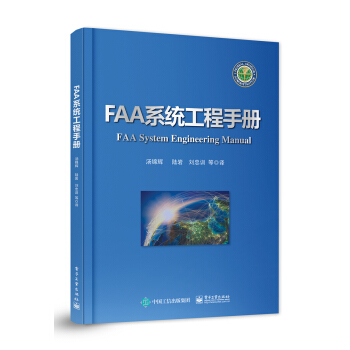



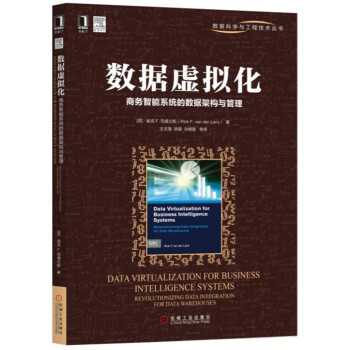
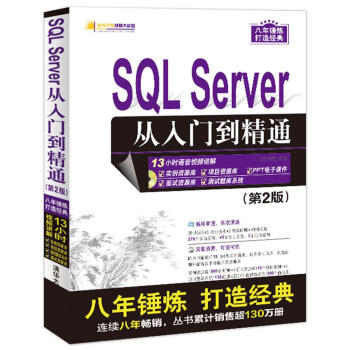
![圖像處理和分析的圖模型:理論與應用 [Image processing and analysis with graphs: theory and practice] pdf epub mobi 電子書 下載](https://pic.windowsfront.com/12169515/59bba70eN8bf1a2b9.jpg)



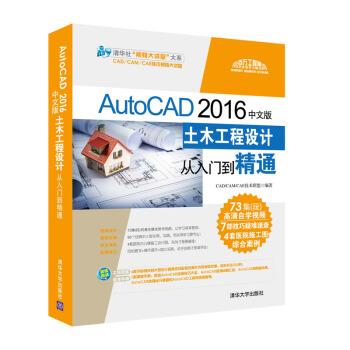
![Word/Excel/PPT 2016辦公應用從入門到精通 [贈送4.3G超值雲盤資料壓縮包,含16小時本書語音教學視頻+辦公技巧視頻] pdf epub mobi 電子書 下載](https://pic.windowsfront.com/12226942/597845a8N8693b095.jpg)




